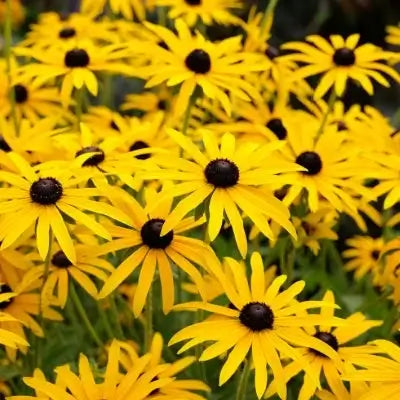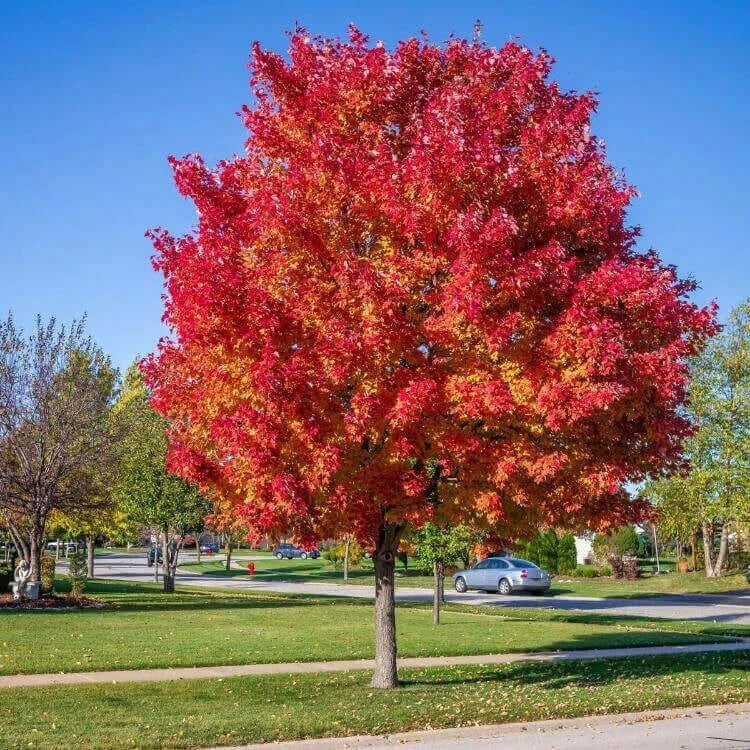Best Native Vines for a Thriving Garden
Share
Native vines Are the ideal option for your garden
Gardeners will find choosing native vines one of their most fulfilling decisions. Native vines thrive in local environments because they adapt perfectly to local climate conditions and soil requirements while needing minimal maintenance and resource inputs. Native wildlife finds food and shelter in these vines, which also assist pollinators and help build a healthier ecosystem. The natural sustainability of native vines makes them ideal for gardeners who want to create privacy screens, establish green walls, or add colorful accents to their landscapes.
Native vines demonstrate superior performance because they need minimal water and fertilizer inputs. They also show greater resistance to local pests and diseases because they have adapted over time to local insects and birds. Native vines enhance garden biodiversity while preventing soil erosion when their nectar, berries, and foliage attract butterflies, beneficial insects, and hummingbirds. Native vines bring aesthetic value to gardens as they climb fences, trellises, and arbors while adding height and texture to landscapes.
Native vines offer seasonal adaptability, which is another reason to choose them. During spring and summer, many species showcase stunning flowers that then transform into colorful foliage and nutritious berries throughout fall and winter. Virginia Creeper displays fiery red leaves in autumn, which makes it an impressive choice for garden enhancement. Crossvine produces abundant blooms at the start of spring, which helps attract pollinators after months of winter dormancy. Native vines serve aesthetic functions in gardens and ecological roles as food sources for local animal species.
The Best Native Vines You Should Consider Planting in Your Garden
For gardeners seeking both visual appeal and practical use in their outdoor areas, native vines represent premier selections. The Trumpet Vine (Campsis radicans) is an adaptable climbing plant that grows rapidly and displays beautiful orange-red trumpet-shaped blooms. This vine attracts hummingbirds while rapidly covering large surfaces, so it works perfectly on fences, pergolas, and walls that need improvement. Trumpet Vine needs careful management because it grows aggressively, but proper pruning and training will control its spread.
Parthenocissus quinquefolia is an extraordinary native vine that delivers visual interest throughout all seasons. This vine displays lush green foliage during spring and summer before transforming to show brilliant red and purple colors throughout autumn. Birds flock to its small blueberries, adding additional wildlife value. Virginia Creeper differs from invasive plants because it does not damage trees and is an excellent option for natural landscaping without harming other plants.
Anyone who values fragrant flowers should consider adding Carolina Jessamine (Gelsemium sempervirens) to their garden. This vine, which remains green throughout the year, grows best in warm environments and produces fragrant yellow flower clusters in early spring. This vine serves well as a trellis or fence decoration and functions effectively as ground cover. Passionflower (Passiflora incarnata) stands out as an excellent native vine that displays intricate purple and white flower patterns and is a habitat for the Gulf Fritillary butterfly. This vine provides edible passion fruits, making it exceptional and practical for gardeners.
The semi-evergreen Crossvine (Bignonia capreolata) produces orange and red tubular flower clusters during its early spring bloom. Crossvine grows well in both full sunlight and partially shaded areas while drawing in hummingbirds with its beautiful flowers. Crossvine remains manageable despite growing along trellises and arbors because it does not spread invasively like other aggressive vines. The plant thrives in various soil environments, which makes it a perfect low-maintenance option for gardeners regardless of their experience level.
Dutchman’s Pipe (Aristolochia macrophylla) is an excellent choice for areas with limited sunlight. The native vine generates big, heart-shaped leaves that form a dense canopy that serves as a wonderful garden privacy and shade solution. The distinctive pipe-shaped flowers of this plant draw in pollinators while serving as a crucial food source for Pipevine Swallowtail butterfly caterpillars. The Dutchman’s Pipe grows quickly yet remains easy to manage through occasional pruning.
Nurturing native vines
When you choose the most suitable native vines for your garden, proper care helps them flourish and achieve their ultimate growth potential. Native vines thrive best in well-draining soil and need mulch around their base to keep moisture levels up and prevent weed growth. Vigorous climbers such as Trumpet Vine and Crossvine need a strong support structure because most native vines require little maintenance. Trellises, arbors, and fences provide needed support to guide vines and stop them from spreading uncontrollably.
Native vines develop drought-resistant deep root systems when mature, although their watering requirements change based on species and climate conditions. Newly planted vines need consistent watering until they reach maturity, requiring little extra water. Native vines usually do not need fertilizers because they grow well using the nutrients naturally in the local soil. A light application of organic compost can help improve growth and flowering strength when these aspects appear weak.
Vine health requires pruning because it controls shape, stimulates flowering, and stops excessive growth. Pruning Carolina Jessamine and Crossvine right after they finish flowering helps preserve next season's buds. Virginia Creeper and Trumpet Vine require regular pruning sessions to control their aggressive spreading tendencies. Eliminating dead or damaged stems encourages vigorous plant growth while decreasing disease susceptibility.
Native vines provide essential support for wildlife populations. Maintaining seed heads and berries on plants through fall and winter creates a vital food supply for birds and small mammals. Do not use chemical pesticides on vines like Passionflower and Dutchman’s Pipe because they host butterflies and protect caterpillars and other beneficial insects. Attract natural predators such as ladybugs and praying mantises to maintain pest control for a balanced ecosystem. If you want fast growth plant, English ivy.
Native vines contribute both aesthetic appeal and ecological support to your garden environment. Every landscape has the perfect native vine option, whether you want showy flowers, vibrant fall foliage, or fast-growing greenery. When you select plants that grow well in your area, you'll maintain an environmentally friendly garden that requires minimal upkeep and provides lasting benefits.













